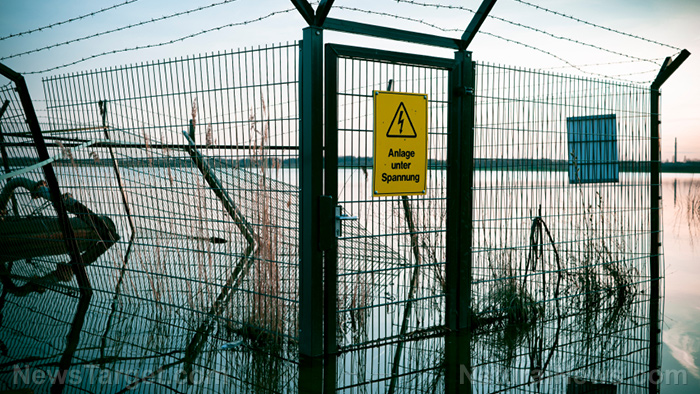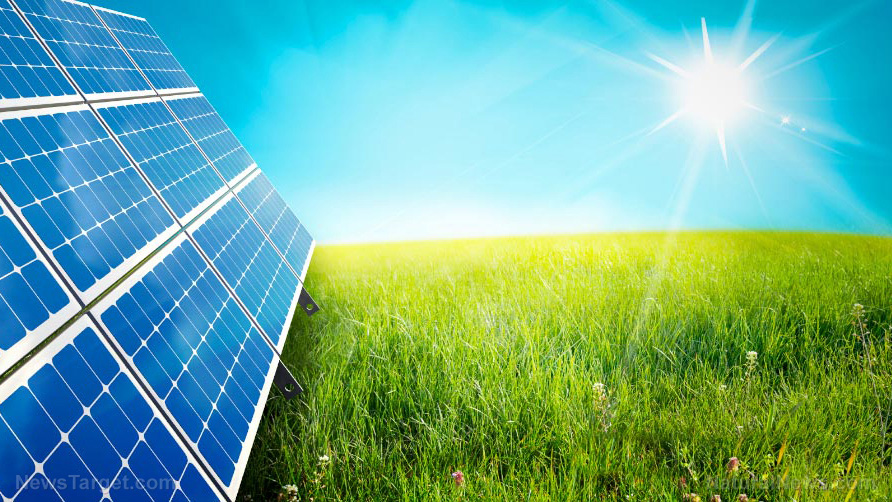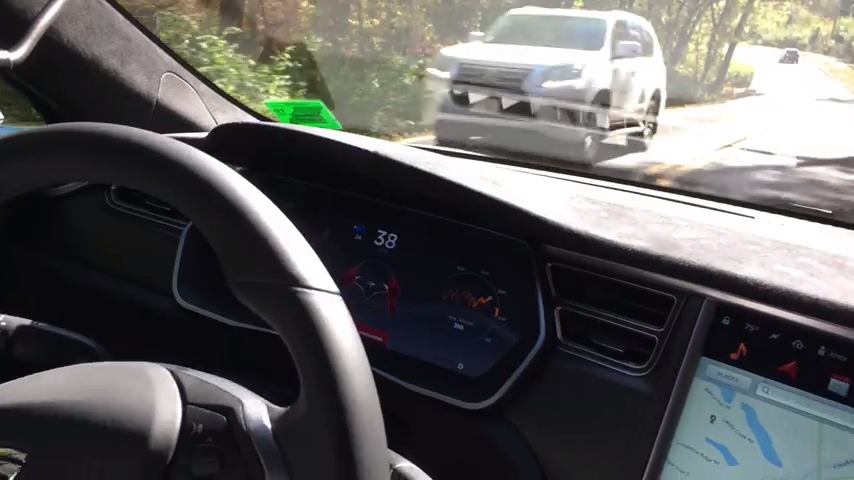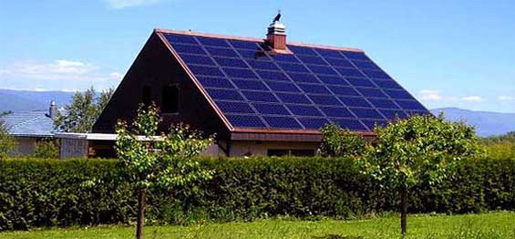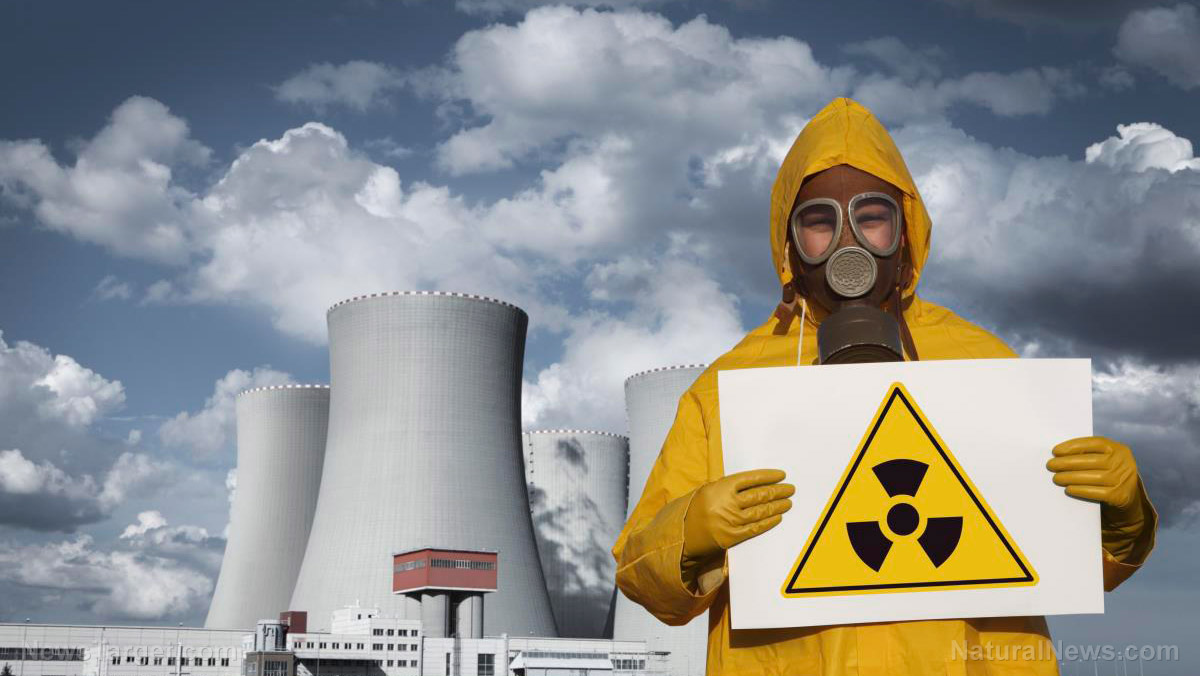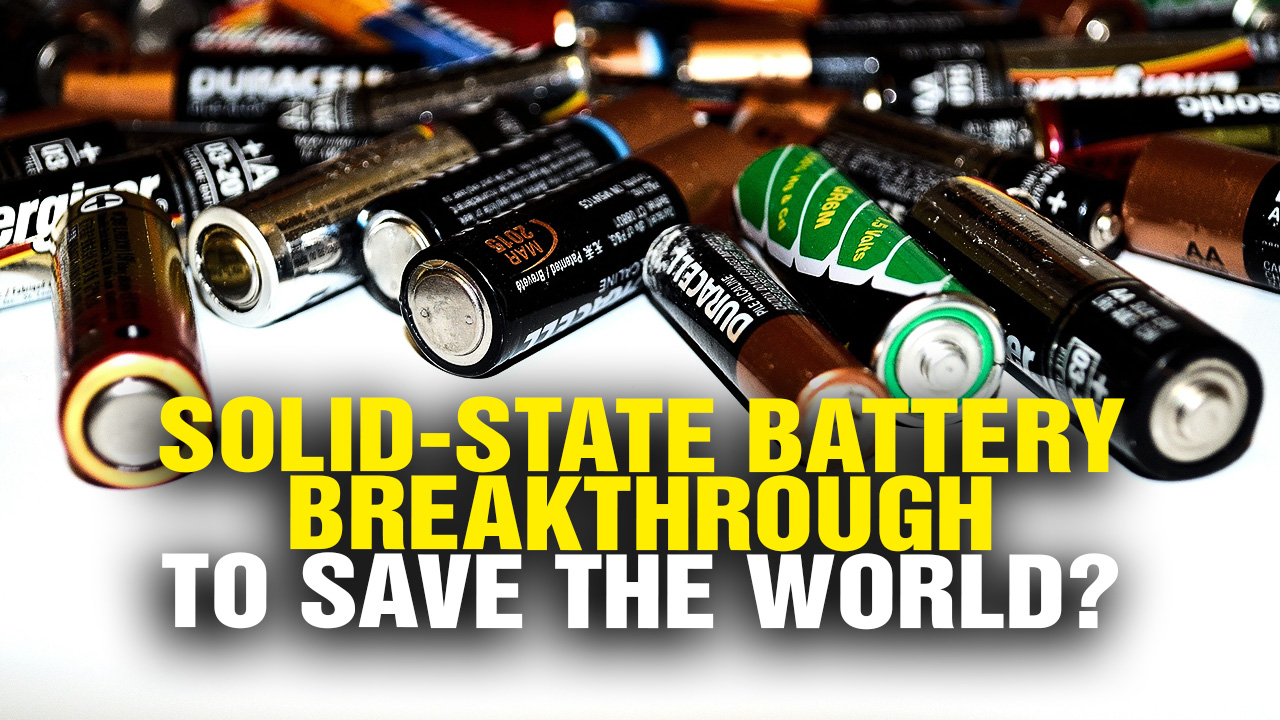Over 100 cities worldwide are now using at least 70% renewable energy
03/25/2018 / By Zoey Sky

According to a report from EcoWatch.com, more than 100 cities around the world now rely on renewable energy for 70 percent of their electricity needs.
Data from research by the non-profit group CDP has confirmed that over 100 cities worldwide receive about 70 percent of their electricity from renewable sources like geothermal, hydropower, solar, and wind. This is a huge improvement compared to the 40 cities that reported they were relying on about 70 percent clean energy back in 2015.
The list includes populous cities such as:
- Auckland, New Zealand
- Nairobi, Kenya
- Oslo, Norway
- Seattle, USA
- Vancouver, Canada
There’s even more good news: out of the 100 cities, 43 cities, such as Burlington, Vermont; Reykjavik, Iceland; and Basel, Switzerland, rely on renewable energy 100 percent.
Burlington is Vermont’s biggest city and it has a population of 42,000 people. In 2015, Burlington was also the first U.S. city to run only on renewable electricity. The city’s electricity comes from biomass, hydropower, solar, and wind. Burlington even has its own utility and citywide grid. (Related: Renewable energy has doubled in the U.S. in the last decade; now generating nearly one-fifth of our electricity.)
Burlington Mayor Miro Weinberger explained that the city has witnessed how renewable energy improved the local economy. It also provides the locals with “a healthier place to work, live, and raise a family.” Mayor Weinberger added, “We encourage other cities around the globe to follow our innovative path as we all work toward a more sustainable energy future.”
The CDP, which was previously called the Carbon Disclosure Project, has access to energy information for more than 570 of the world’s cities.
In the U.S., about 58 cities and towns, along with major metropolises such as Atlanta and San Diego, have reported that they will cease using fossil fuels. The 58 U.S. cities, towns, and metropolises also revealed plans to rely solely on renewable energy.
According to the CDP, around 275 cities now use hydropower, 189 generate electricity from wind, and 184 rely on solar photovoltaics. The CDP remains hopeful that more cities around the world will soon switch to renewable energy.
The non-profit group noted that the successful switch to greener energy sources was made possible thanks to the more than 7,000 mayors who signed up to the Global Covenant of Mayors for Climate and Energy.
Kyra Appleby, director of cities at CDP, commented that cities produce at least 70 percent of energy-related carbon dioxide (CO2) emissions, yet they have the capacity to begin building a sustainable economy.
Appleby said that data from the CPD is a reassuring testament to ambition and commitment. Cities are showing that aside from wanting to switch to renewable energy, they are also showing that it is doable.
Below is a partial list of the 100 cities that are now using 70 percent renewable energy around the world:
- Akureyri, Iceland
- Aracaju, Brazil
- Aspen, USA
- Asunción, Paraguay
- Auckland, New Zealand
- Bærum Kommune, Norway
- Basel, Switzerland
- Bogotá, Colombia
- Bolzano, Italy
- Braga, Portugal
- Burlington, USA
- Chorrera, Panama
- Dar es Salaam, United Republic of Tanzania
- Eugene, USA
- Foumban, Cameroon
- Gladsaxe Kommune, Denmark
- Harare, Zimbabwe
- Hobart, Australia
- Inje, South Korea
- Kapiti Coast, New Zealand
- Kisumu, Kenya
- León de los Aldamas, Mexico
- Ljubljana, Slovenia
- Montreal, Canada
- North Vancouver, Canada
- Oslo, Norway
- Prince George, BC, Canada
- Quelimane, Mozambique
- Quito, Ecuador
- Reykjavík, Iceland
- Seattle, USA
- Stockholm, Sweden
- Temuco, Chile
- Vancouver, Canada
- Wellington, New Zealand
Tips to minimize energy use
If you’re living in a city that is only starting to embrace renewable energy, you can still reduce energy use by following the tips below:
- Get rid of “phantom loads” – Your appliances and devices still use electricity even when they are switched off. Unplug devices that you’re not using, or use a power strip that you can turn off.
- Purchase an energy saver – Energy savers help you conserve power by continuously altering the energy supply to match an appliance’s load.
- Switch to efficient lighting – Despite the higher price point, light emitting diodes (LEDs) will last at least 10 times longer than incandescent light bulbs and they only consume use 1/4 of the energy.
- Use less hot water – You can do this in several ways: wash clothes in cool water, buy low-flow shower heads and aerated faucets, or take shorter showers.
Read more articles about renewable energy at GreenLivingNews.com.
Sources include:
Tagged Under: carbon dioxide, Carbon Disclosure Project, CDP, Clean Energy, climate science, green living, hydro power, hydroelectric power, natural gas, nuclear power, power, power grid, power source, renewable energy, renewables, solar energy, wind energy


